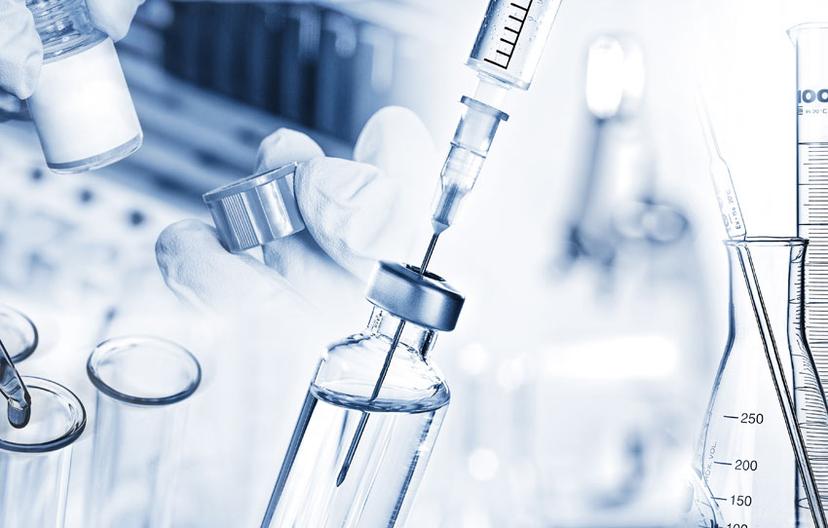Nuclear Magnetic Resonance (NMR) is a Quantitative Method: Webinar Highlights
Learn about NMR as a quantitative method and the differences between internal and external reference methods
5 Oct 2017
In a recent webinar, Dr. Clemens Anklin, Vice President of NMR Applications and Training, Bruker BioSpin, discussed quantitative NMR and the differences between internal and external reference methods. He also reviewed the advantages, requirements, and pitfalls of quantitative NMR.
Watch the webinar on-demand here >>
Key topics covered included:
- The basics behind the use of NMR as a quantitative method
- Becoming familiar with the key parameters and experimental conditions that need to be controlled for accurate results

Read on for highlights from the Q&A session with Dr. Anklin, or if you missed it, watch the webinar on demand.
Q: What is the limit of quantification for NMR?
CA: This is not an easy question to answer. It’s basically the NMR method that defines the limit of quantitation. When discussing the effects of signal-to-noise, during the webinar I mentioned how a low signal-to-noise or a low mass limit will lead to a quantification with a large error. It can be improved by either raising the limit of quantitation, i.e. adding more material to your sample, or by measuring longer. This is one of the beauties of NMR – you can just accumulate data or sum up data for as long as you want. So, the limit of quantitation is not like other methods; it is not a limit of quantitation, it is a limit of quantitation per time invested in the experiment. This can be in the upper nanogram or lower microgram range if you’re happy with a relatively large error or long acquisition time.
Q: How often does one need to recalibrate an NMR spectrometer for quantitative work?
Missed this webinar? We've got you covered. Watch the webinar on-demand here. >>
CA: In general, if you run internally referenced quantitation, you virtually never need to calibrate the spectrometer because the calibrant is in your sample. Every measurement is calibrated in itself. If you are performing externally referenced NMR, of course, you could set up standard operating procedures to do it on a weekly or monthly basis, but it’s really not necessary. It becomes necessary when you have any change to your hardware. Let’s say you have a failure of a radio frequency amplifier, after an exchange of hardware it is recommended you recalibrate your spectrometer. Also, if you see significant changes in either standard sensitivity or pulse length measurement, it is probably advisable to recalibrate your reference spectra. So, for external referencing, periodic recalibration is recommended, but internally referenced, it is calibrated in itself.
Q: How does NMR compare with other quantitative methods?
CA: NMR will, in general, require larger sample quantities for quantitation. It is true that mass spectrometry and other methods have significantly lower limits of quantification and limits of detection, therefore, use a lower quantity of sample. On the other hand, the benefits of NMR are that quantification can be done on pure compounds, mixtures, even biological fluids, often with no sample preparation or derivatization. For example, I can take a raw extract from a plant, run a spectrum and then identify individual signals and quantify the contents of that compound. NMR is the preferred method for biofluids such as urine, blood serum or cerebrospinal fluid. Those are routinely used analyzed by NMR to identify metabolites in the raw samples, whereas other methods often require an extensive preparation of a sample and a derivatization of the compound to make it quantifiable.
Watch the full webinar on demand, or find out more about Bruker BioSpin.
Do you use any of the technologies mentioned in this webinar? Write a review today for your chance to win an Amazon voucher worth $400 or an iPad Air®.
